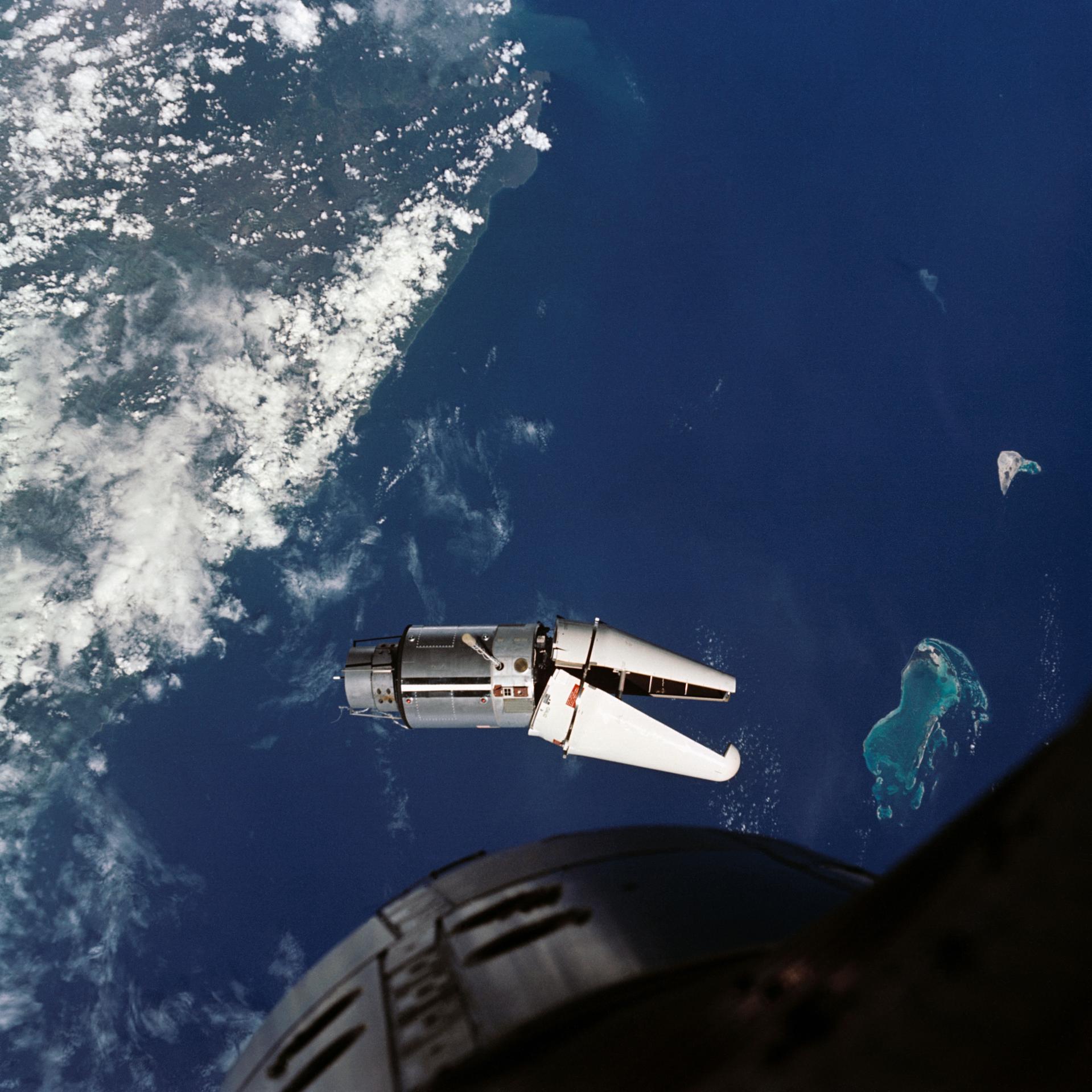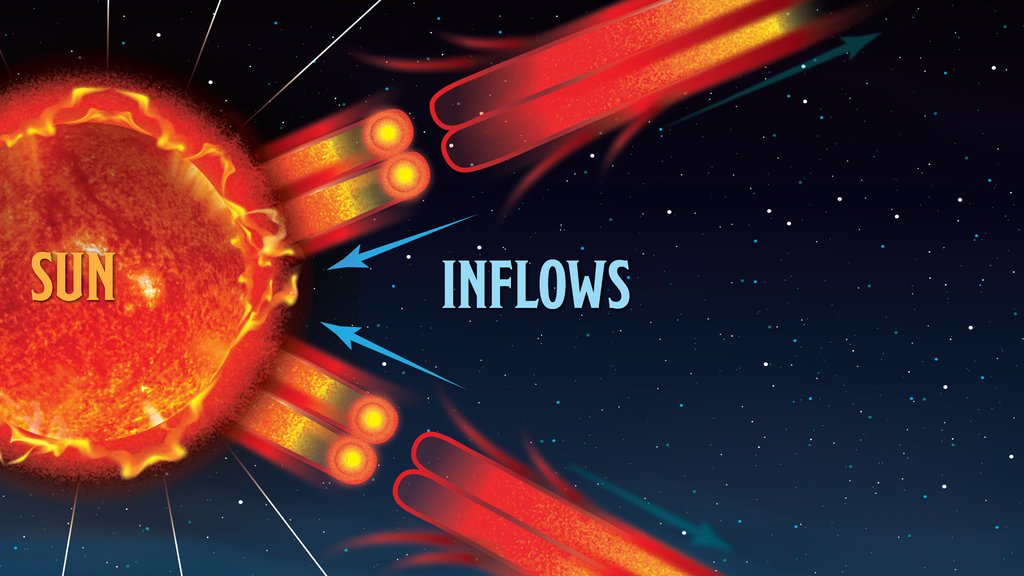
Audience
Educators
Grade Levels
Grades 5-8, Grades 9-12
Subject
Engineering Design, Mathematics, Physical Science, Technology, Algebra, Measurement and Data Analysis, Problem Solving, Trigonometry, Forces and Motion, Gravity, Space Vehicles
Type
Lesson Plans / Activities, STEM Resource Collections, Videos
Next Generation Science Standards: HS-ETS1-2, HS-PS3-3, MS-ETS1-2
Common Core State Standards – Math: HSN.VM.A.3
Classroom Connection
Teams apply the engineering design process to understand the planning involved in landing a spacecraft on a planet or the Moon. In this activity, students modify a paper or plastic cup to make a marble-delivery system that can zip down a line and drop a marble onto a target. Students should follow the engineering design process and improve their system based on testing results.
The Science Behind the Combo
When NASA sends a spacecraft to a celestial body or plans the return of astronauts to Earth, it must determine exactly where the spacecraft will land. The Gateway is planned, as part of the Artemis missions, to exist as a Moon-orbiting station from which human landing systems will operate. As an orbiting platform, it will have a velocity relative to the Moon’s surface. Predicting the release point in Gateway’s orbit that will result in the lander hitting its desired target will be a challenge. In this zipline activity, the acceleration due to Earth’s gravitational field is approximately six times stronger than the field a lunar lander will experience near the Moon. While the objects dropped from a small height on the zipline won’t have time to reach a terminal velocity, Earth’s atmosphere (on a larger scale) simplifies an unpowered crew capsule’s recovery back on Earth. This is not a luxury available on the Moon.
Combo Resources:
Learning Space: Make a Spacecraft Land on Target
Classroom Activity: On Target
At Home Guide for Students: Land a Spacecraft on Target
Student Planning Sheet: Engineering Design Process
Video: Kinetic and Potential Energy
Teacher Tips:
- Mix and match the combo resources to suit your goals, allotted time and available materials.
- Brainstorm alternative supplies students might have at home instead of those listed in the at home guide for students.
- Provide dedicated time for the engineering design process. Upper grade students may require more time than the suggested 10 minutes. Allow 90 minutes for the entire activity.
- Allow students to begin building their marble-delivery system only after having satisfied reporting requirements, including a drawing of their expected results of how their system will perform. Having students create a visual representation of what they believe will happen will help you ask more pointed questions regarding where the concepts of conservation of energy, vector components, kinematics and even friction can be applied to accurately predict where the marble will land. This discussion should take place before any building begins.
- Adjust the activity for lower grade levels by allowing five attempts to hit the target. If the target is missed, encourage the students to change the launch parameters: starting height or release point. When students make design changes, encourage them to slow down and explain their decisions using the language of the physical sciences. Do not simply allow the students to move the target.
- For higher grade levels, refer to Figure 1 for conservation of energy and vector analysis ideas. Students will need a protractor to measure the angle the string makes with the horizon. If both the starting height (d1 + d2) and the launch height from the ground (d2) are known, the students should be able to predict the landing spot to within a few centimeters following Steps 1-3 in the figure. If the students do not successfully hit the target, the learning doesn’t stop. They should be encouraged to explain what went wrong. Did friction reduce the launch velocity? Was the launch angle slightly different than the string’s angle with the horizon?
- Tell students at home who don’t have access to a protractor that they can find and print a free protractor template online.
- Consider showing the “Kinetic and Potential Energy” video as a review of the conservation of energy as a primer. Use this alternate launcher design if you don’t have the zipline materials. Consider the use of a ramp to launch an object. Higher grade level students should use their knowledge of the conservation of energy and kinematics to predict a landing spot.

























